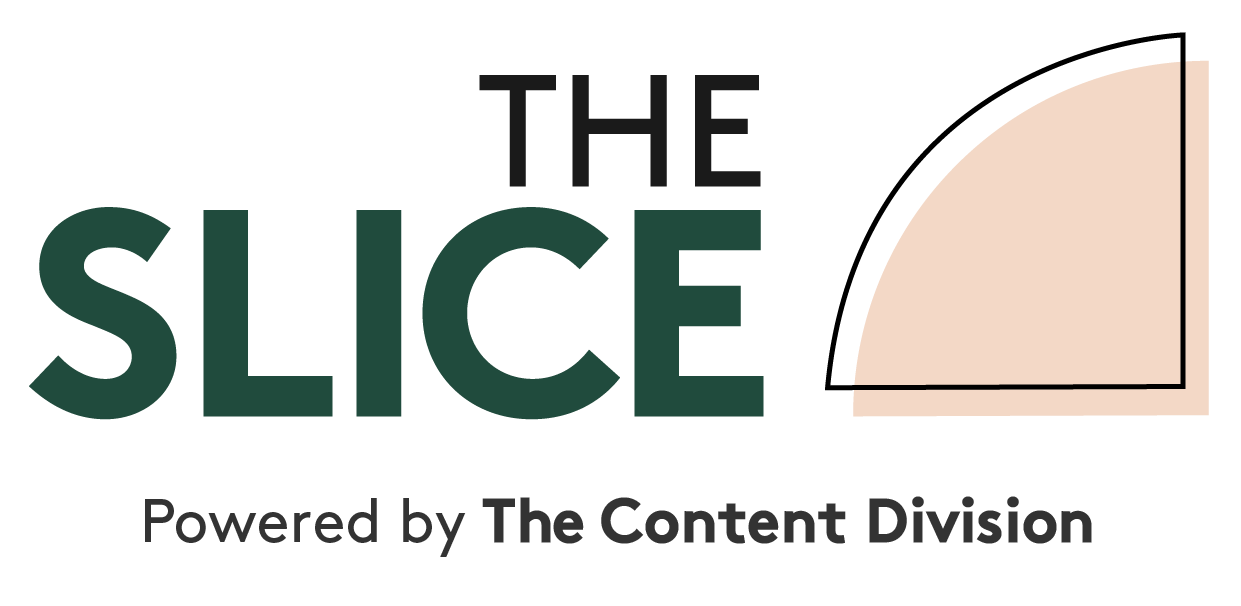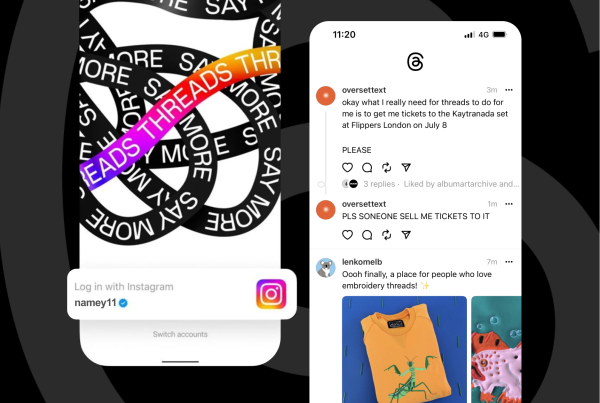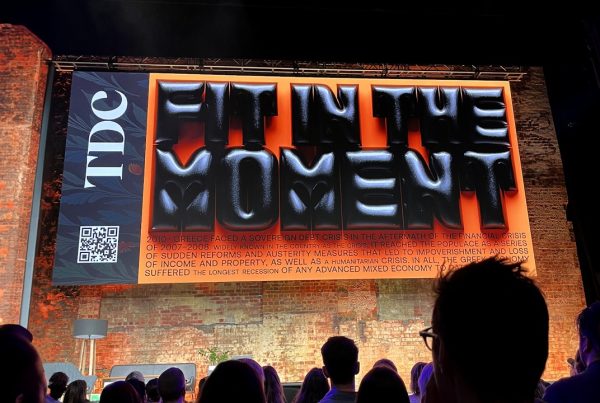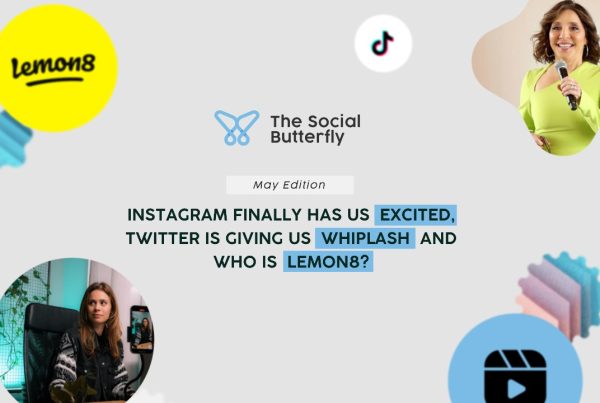
The Barefoot Investor loves them. Their customer experience is champagne-level great. And that orange card. ING Australia is firmly on the radar of Aussies looking for a better banking experience because they get the big things – and the little things – absolutely on song.
The Dutch giant is now number five in Australia, a pretty incredible feat considering its late entry to the market and just how non-traditional the online-only bank is.
But to think the bank is successful because of its high savings interest rates and lack of competition would be a misstep.
ING Australia’s quick customer acquisition may have a little to do with its Scott Pape endorsement and the distinct lack of trust of the big four banks, but its customer retention and up selling is 100% a product of the brand’s incredible data-driven approach to marketing.
Last year, I wrote how the brand uses 100 contextual triggers a day to share personalised messages to 1 million prospects. Here, I explain exactly what that looks like for a customer and what brands can learn from it.
About two months ago I jumped on to the ING Australia website to use the home loan calculator. You don’t need to give them any data, just input your figures and out pops the monthly repayment figure. You get it.
I assume it was at this point that ING Australia found out that I was on the market for a home loan, and therefore, saving and searching for a house.
Take note: What touch points do you have with customers where you can collect or customise their data?
Behind the scenes this would look like a quick artificial-intelligence cross reference with my date of birth, bank accounts and loan status – automatically qualifying me as a first home buyer and adding me into an automated customer journey.
Take note: Is your customer data static, or ever-changing like your customer’s wants and needs?
It became apparent on 2 April when I received an email from ING with the subject, “Brittanie, get your free first home buyer guide inside.”
I was on the bus at the time so I downloaded it with the intention of reading it at a later date. I never read it but on reflection it was an epic 18-page guide to buying your first home. You can see it here. Talk about #helpnothype
Take note: How are you adding value and building trust with your audience before they start considering your competitors?
Two weeks later to the day, I received a second email. “Brittanie, here’s the first chapter in your first home story.”
There’s a link to the home loan calculator, information about deposit amounts and additional costs, and then a list of other helpful links including ‘How much can I afford to borrow?’ ‘How much deposit do I need?’ and ‘What costs will I need to pay?’
It’s already sooo helpful I am devouring this email one link at a time.
It doesn’t stop there. “So what chapter are you up to?” it asks. There’s three links below – Now, Soon (4-6 months) and Later (7-9 months).
ING Australia is literally asking customers (in this case, me) to qualify themselves. Instead of guessing where I’m at in the home buying journey, they simply ask.
Take Note: Just because I was on the home loan calculator page, it didn’t mean I was ready to buy. If you don’t have the data you need to make decisions about marketing to your audience, ask them.
I clicked the link relevant to me and landed on a page (qualifier sent to ING Australia via Watson) with more relevant content including a series of articles about a couple buying their first home.
The character in the articles talks about saving for a deposit. She talks about searching for a house (maybe this in tailored to my gender, too?), and she talks about dealing with lenders and real estate agents. It’s too real.
Take note: Storytelling can work at various parts of the customer journey. In this case it was a case study that was a super relevant and engaging touch point.
On 30 April I receive the next email. “Brittanie, totally invaluable (and free!) Property reports”
This email includes free relevant property reports and a link to information about getting pre-approval on your home loan with ING Australia.
Take note: This is the first time there’s been any mention of the bank’s products.
I’ve since been retargeted with Facebook posts including links to blogs that explain how to save for your first home loan.
One website visit. Three emails. A number of relevant Facebook posts. And it’s all automated.
While I was getting all of this. Someone was getting information about personal loans. Someone was getting information about refinancing home loans. And someone was getting information about savings accounts. And 96 other variations.
The message is this:
- If you haven’t yet figured out how to use data to tailor customer journeys for your audience – you’re missing out on the opportunity to nurture your audience towards conversion.
- Start today by collecting data across your company’s customer touch points and categorising it into relevant content journeys.
- Don’t jump straight to conversion with your retargeting. If you know where your customer is in the journey to purchasing your product/service. Use that information.
- Align your content marketing goals with your business goals, and automate your way to conversions. *ka-ching*
The automated content marketing process doesn’t just apply to banks (although there’s a huge opportunity there). It can work across so many relevant B2C industries.
Universities for example – consider the retargeting opportunities after someone looks at a course – rather than going with a direct ‘enrol now’ message, you could qualify where the customer is in the customer journey so you can promote benefits and case studies first.
Real estate sales – don’t get me started – just go check out AIRE, they’re doing it.
Aged care – the customer journey is long here so understanding what information they need now and whether or not they’re the buyer is key.
The list goes on, but I’m off to get finance approval on a home loan with ING.





